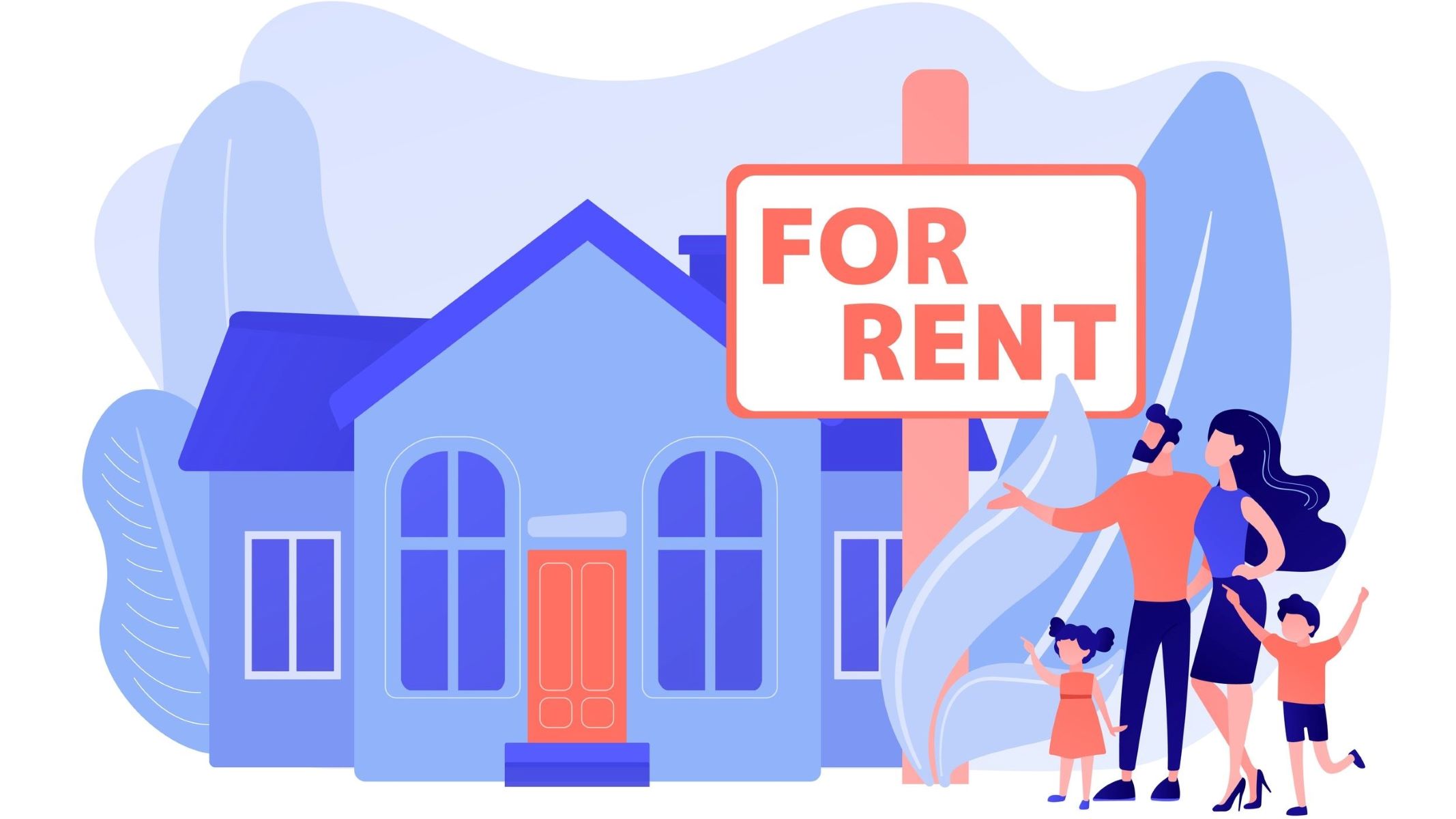Home>Finance>What Is Interest Capitalization On Student Loans


Finance
What Is Interest Capitalization On Student Loans
Published: January 20, 2024
Learn about interest capitalization on student loans and how it impacts your finances. Understand the implications of interest capitalization and make informed decisions to manage your student loan debt effectively.
(Many of the links in this article redirect to a specific reviewed product. Your purchase of these products through affiliate links helps to generate commission for LiveWell, at no extra cost. Learn more)
Table of Contents
Introduction
Student loans have become a necessary part of higher education for many individuals. While these loans provide access to education, they also come with the added burden of interest, which can accumulate over time and increase the overall amount owed.
One aspect of student loans that borrowers need to understand is interest capitalization. Interest capitalization refers to the process of adding unpaid interest to the principal balance of a loan. This can result in a significantly higher loan balance and ultimately, a larger overall repayment amount.
Understanding interest capitalization is crucial for borrowers, as it can have long-term implications on their financial well-being. By gaining insight into how interest capitalization works, borrowers can make informed decisions and potentially minimize the impact on their loan repayment.
In this article, we will delve into the concept of interest capitalization on student loans. We will explore how it works, the types of loans that may experience interest capitalization, and the pros and cons associated with it. Additionally, we will provide some tips to minimize the impact of interest capitalization.
Whether you are a current student considering taking out a loan, or a borrower already facing the reality of student loan repayment, understanding interest capitalization is essential to effectively manage your finances and make informed decisions.
Understanding Interest Capitalization on Student Loans
Interest capitalization is the process by which unpaid interest on a loan is added to the principal balance, effectively increasing the total amount owed. This means that interest is calculated not only on the original loan amount but also on any accumulatd interest.
Typically, interest starts accruing on student loans from the moment they are disbursed. However, during periods of deferment or forbearance when payments are not required, interest may still accrue. If the borrower does not make interest payments during these periods, it can result in unpaid interest that is added to the loan balance through interest capitalization.
Interest capitalization can occur at various times throughout the life of a loan. Common scenarios include:
- When a borrower enters repayment after a grace period or deferment
- When a borrower switches from a fixed interest rate to a variable interest rate
- When a borrower consolidates their loans
It’s important to note that the frequency of interest capitalization can vary depending on the type of loan. For federal student loans, interest is typically capitalized once at the end of a deferment or forbearance period. Private student loans, on the other hand, may capitalize interest more frequently, such as on a monthly or quarterly basis.
Understanding when and how interest capitalization occurs is crucial for borrowers, as it can have a significant impact on the overall cost of their loan. By keeping track of the timing and frequency of interest capitalization, borrowers can better estimate their repayment amounts and plan their finances accordingly.
How Does Interest Capitalization Work?
Interest capitalization works by adding unpaid interest to the principal balance of a loan. This increases the overall loan amount and can have a compounding effect on the borrower’s repayment obligations.
When interest on a student loan capitalizes, it is added to the principal balance, and the loan begins accruing interest on this new, higher amount. As a result, the borrower ends up paying interest on both the original loan amount and the accumulated interest.
Let’s consider an example to illustrate how interest capitalization works:
Suppose Sarah has a student loan with a principal balance of $20,000 and an annual interest rate of 6%. After one year in school, during which Sarah made no payments, her loan accrues $1,200 in interest. At the end of the year, the interest is capitalized, and the new principal balance becomes $21,200.
Now, Sarah’s loan will accrue interest on the $21,200 rather than just the original $20,000. This means that the interest for the next year will be calculated based on the higher principal balance, resulting in a higher interest charge.
It’s important to note that interest capitalization can significantly increase the total amount repaid over the life of the loan. The more frequently interest is capitalized, the greater the impact on the borrower’s repayment obligations.
Borrowers should keep track of the interest capitalization schedule on their loans and understand the implications it can have on their overall repayment strategy. By being aware of when and how interest capitalizes, borrowers can take proactive steps to minimize the cost of their loans and potentially reduce the impact of interest capitalization on their finances.
Types of Student Loans That May Experience Interest Capitalization
Interest capitalization can occur on various types of student loans, but the frequency and timing may differ depending on the loan program. Here are the main types of student loans that may experience interest capitalization:
- Federal Direct Subsidized Loans: These loans are available to undergraduate students with demonstrated financial need. The government pays the interest on these loans while the borrower is in school, during deferment periods, and for the first six months after leaving school. However, once the borrower enters repayment or becomes ineligible for the interest subsidy, any remaining unpaid interest may capitalize.
- Federal Direct Unsubsidized Loans: Unlike subsidized loans, interest starts accruing on these loans from the moment they are disbursed, regardless of the student’s financial need. If the borrower does not make interest payments while in school or during deferment/forbearance periods, the unpaid interest may be capitalized.
- Graduate PLUS Loans: These loans are available to graduate and professional students. Interest begins accruing on these loans from the moment they are disbursed, and any unpaid interest may capitalize during the borrower’s enrollment or following periods of deferment/forbearance.
- Parent PLUS Loans: Parent borrowers who take out these loans to help fund their child’s education are also subject to interest capitalization. Interest starts accruing as soon as the loan is disbursed, and if the borrower does not make interest payments while the student is in school or during deferment/forbearance periods, the unpaid interest may capitalize.
- Private Student Loans: Private student loans, offered by banks, credit unions, and other lenders, may have different terms and conditions. The specifics of interest capitalization on private student loans can vary widely, so borrowers should review their loan agreements to understand when and how interest may be capitalized.
It’s essential for borrowers to familiarize themselves with the terms of their specific loan programs to understand when interest capitalization may occur. By having a clear understanding of the types of student loans that may experience interest capitalization, borrowers can effectively plan and manage their repayment strategy.
Pros and Cons of Interest Capitalization on Student Loans
Interest capitalization on student loans can have both advantages and disadvantages for borrowers. Understanding the pros and cons of interest capitalization is crucial in order to make informed decisions and effectively manage repayment. Let’s explore the benefits and drawbacks:
Pros of Interest Capitalization:
- Delaying interest payments: During periods of deferment or forbearance, interest capitalization allows borrowers to temporarily delay making interest payments without the risk of defaulting on their loans.
- Simplified repayment: When interest capitalizes, it becomes part of the loan balance, which can make repayment more manageable for borrowers who are struggling to make interest payments while in school or during periods of financial hardship.
- Potential tax deductions: In some cases, the interest that capitalizes on student loans may be tax-deductible, providing borrowers with potential tax benefits. It is advisable to consult a tax professional for specific details related to individual circumstances.
Cons of Interest Capitalization:
- Increased overall repayment amount: Interest capitalization can significantly increase the total amount repaid over the life of the loan. This means borrowers may end up paying more in interest than they originally anticipated.
- Accrual of interest on interest: With interest capitalization, borrowers end up paying interest on both the principal loan amount and any accumulated interest. This compounding effect can result in a larger repayment burden.
- Extended loan term: When interest capitalizes, it can lead to a higher loan balance. As a result, borrowers may need to extend their loan term in order to maintain affordable monthly payments, which can prolong their repayment timeline.
It’s important for borrowers to carefully consider the pros and cons of interest capitalization and weigh them against their individual financial circumstances. By understanding the potential advantages and disadvantages, borrowers can make informed decisions about their loan repayment strategy and take steps to mitigate the negative impact of interest capitalization.
Tips to Minimize the Impact of Interest Capitalization
While interest capitalization is a standard practice on many student loans, there are several strategies borrowers can employ to minimize its impact on their overall loan repayment. Consider the following tips:
- Make interest payments during school: Even though payments may not be required, making interest payments while in school can prevent unpaid interest from capitalizing. This reduces the overall loan balance and the amount of interest that accrues over time.
- Consider making interest-only payments during deferment or forbearance: If you are unable to make full loan payments during periods of deferment or forbearance, try to at least make interest-only payments. This can help prevent unpaid interest from being added to the principal balance.
- Explore income-driven repayment plans: Income-driven repayment plans calculate monthly payments based on a borrower’s income and family size. These plans may help keep monthly payments affordable, which can reduce the risk of interest capitalization due to financial hardship.
- Consider refinancing or consolidating loans: Refinancing or consolidating student loans can be a helpful option for some borrowers. By combining your loans or negotiating a lower interest rate, you may be able to reduce the impact of interest capitalization and potentially save money over the course of repayment.
- Make additional payments towards interest: If you have extra funds available, consider making additional payments specifically towards the interest that has accrued. This can prevent interest from capitalizing and reduce the overall amount of interest paid over the life of the loan.
- Stay informed about loan terms and conditions: Review the terms and conditions of your loans carefully. Stay informed about when and how interest capitalization occurs. Being proactive and understanding the details of your loans can help you make informed decisions and minimize the impact of interest capitalization.
Remember, each borrower’s financial situation is unique, and what works for one person may not work for another. It’s important to assess your own circumstances and consider seeking advice from a financial professional or loan servicer to determine the best strategies for minimizing the impact of interest capitalization on your specific student loans.
Conclusion
Interest capitalization on student loans is a significant aspect of the borrowing process that borrowers need to be aware of. The addition of unpaid interest to the principal balance can result in a larger overall loan amount and increased repayment obligations.
Understanding how interest capitalization works and the potential pros and cons associated with it is crucial for borrowers. By making informed decisions and implementing strategies to minimize the impact of interest capitalization, borrowers can take control of their loan repayment journey.
By making interest payments while in school, exploring income-driven repayment plans, considering refinancing or consolidation options, and staying informed about loan terms and conditions, borrowers can effectively manage the impact of interest capitalization on their student loans.
It’s important for borrowers to be proactive and take steps to minimize the impact of interest capitalization while balancing their overall financial goals. By doing so, borrowers can navigate the repayment process more efficiently and potentially save money over the life of their loans.
Remember, each borrower’s situation is unique, so it’s essential to assess your own circumstances and consider consulting with a financial professional or loan servicer for personalized guidance.
Ultimately, by understanding the concept of interest capitalization and adopting strategies to mitigate its impact, borrowers can move closer to achieving financial success and ensure a smoother path towards becoming debt-free.














